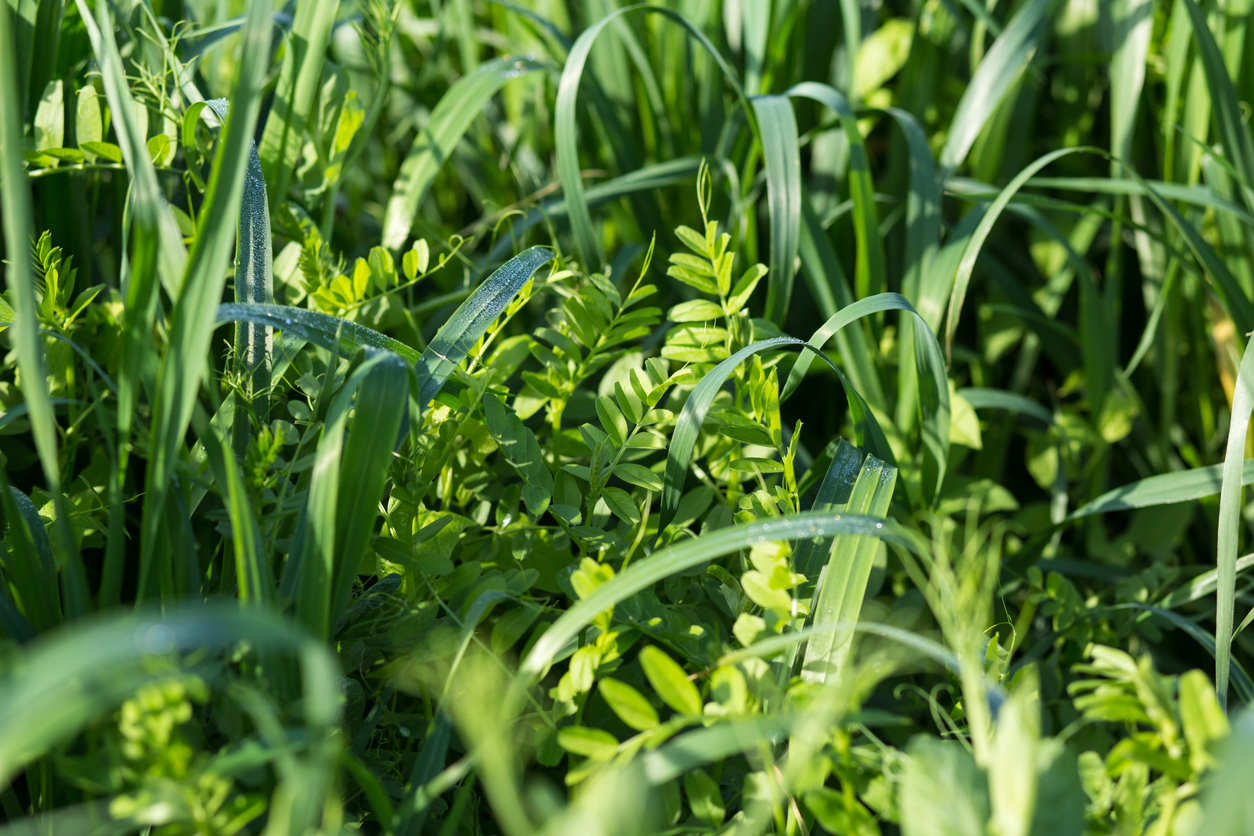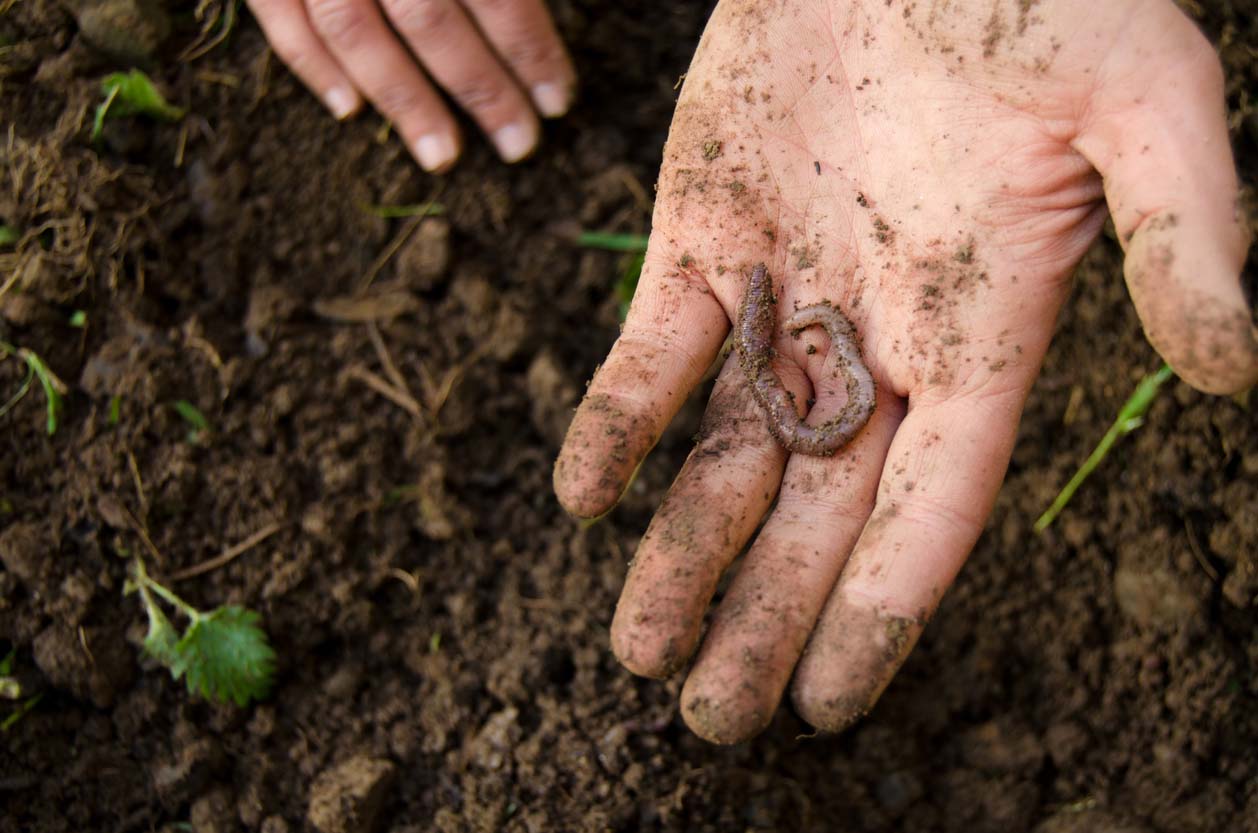Forage Cover Crops

Planting forage cover crops can be a beneficial food source and a place to apply manure. Grass cover crops like sorghum, Sudan, Sorghum-Sudan, cereal rye, annual ryegrass, millets, Teff, and oats are great forages that build organic matter, tie up manure nutrients, keep the soil from eroding, improve soil structure and still make great feed. Adding legumes like Balansa or crimson clover, winter peas, or vetches can increase crude protein (CP). Kale, radish, or turnips may be added at low seeding rates if the cover crop is grazed. Sorghum or Sudan hybrids are summer annual grasses that grow with little moisture and provide great tonnage. Deep fibrous roots break up soil compaction and add soil organic matter. Plant these varieties immediately after wheat or barley harvest and take an early first cutting or graze when the plants are 3-4 feet tall. Harvesting stimulates roots and tillering, adding 5-10X more roots and shoots. Manure increase the second and possibly third cutting before fr...



